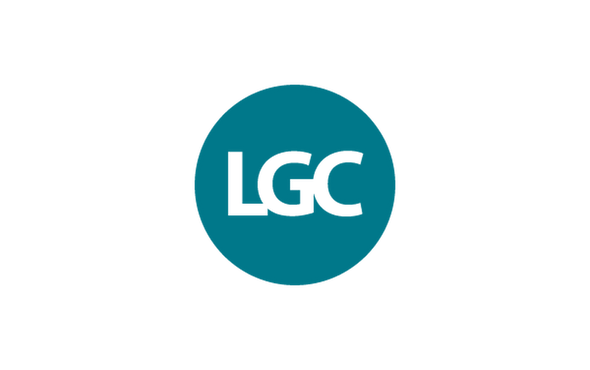Description
HUMAN CORONAVIRUS NL63 PURIFIED VIRAL LYSATE
Human coronavirus NL63 viral lysate produced from Vero cells and purified using sucrose density gradient ultracentrifugation. Heat-inactivated and tested for absence of viral growth in validated tissue culture infectivity assays.
PRODUCT DETAILS – HUMAN CORONAVIRUS OC43 PURIFIED VIRAL LYSATE
-
- Human coronavirus NL63 viral lysate.
- Produced from Vero cells and purified using sucrose density gradient ultracentrifugation.
- Heat-inactivated and tested for absence of viral growth in validated tissue culture infectivity assays.
- Applications include immunoassay development, Western blotting, dot blotting and other protein-based assays.
BACKGROUND
The coronaviruses are a family of related RNA viruses within the order Nidovirales. They contain a positive-sense, single-stranded, 26-32kb RNA genome protected by a nucleocapsid of helical symmetry. Their viral capsids are surrounded by a lipid envelope, which is interrupted by trimeric Spike proteins that project from the capsid surface. Human coronavirus NL63 (HCoV-NL63) is a species of alphacoronavirus that was first identified in 2004 in a seven-month-old child in the Netherlands (Van der Hoek, 2004). HCoV-NL63 infection has since been confirmed worldwide and is associated with many common symptoms and diseases, such as moderate upper respiratory tract infections, severe lower respiratory tract infection, croup and bronchiolitis. The virus is found primarily in young children, the elderly, and immunocompromised patients with acute respiratory illness. It also has a seasonal association in temperate climates. Like the other mild cold-causing human coronaviruses, HCoV-229E, HCoV-OC43 and HCoV-HKU1, HCoV-NL63 has a worldwide distribution, with seasonal surges occurring in the winter months (Wat et al., 2004). Like the other cold-causing coronaviruses, reinfection with HCoV-NL63 is common. The reason for this is not yet clearly defined but may be due to a weak antibody response (Raoult et al., 2020).
During coronavirus replication, numerous proteins are syntheses by the host cell, including Nucleoprotein, Spike, Envelope, Membrane, non-structural proteins and accessory proteins. Of particular importance in the development of serological diagnostics and vaccines are the Spike proteins, which are easily recognised by host antibodies given their exposure to the external environment. The Spike protein’s receptor binding domain (RBD) is also responsible for binding host cell-surface receptors to mediate cell entry, making it the target of neutralising antibodies. Nucleoprotein is also a popular target for countermeasures, given its high sequence conservation.
REFERENCES
-
-
- Raoult, D. et al. (2020). Coronavirus infections: Epidemiological, clinical and immunological features and hypotheses. Cell Stress.
- Van der Hoek, L. et al. (2004). Identification of a New Human Coronavirus. Nature Medicine. 10(4): 368-373.
- Wat, D. et al. (2004). The Common Cold: A Review of the Literature. European Journal of Internal Medicine. 15(2): 79-88.
-






